While we are out and about in our boats, it’s important to adhere to posted speed limits because the rules of the “road” out on the water were created to keep us all (as well as our boats, property, the environment and marine life) safe.
According to the U.S. Coast Guard, boating fatalities increased over 25% during the pandemic, largely due to the rise in boat ownership; and boat traffic is only predicted to increase. Additionally, the U.S. Bureau of Economic Statistics indicates that there are over 5,000 recreational boating accidents occurring yearly, causing well over $60 million in damages – the most expensive being flooding/swamping, collisions and grounding. Plus, according to U.S. accident statistics, the primary contributing factors for boating accidents include excessive speed.
Additionally, no wake zones are posted for good reason. They protect our shores from the erosion that fast-moving sea vessels can cause. They also protect our docked boats and docks along the shoreline from the wakes caused by speeding boats. On a final no wake note, although definitely not any less important, our treasured manatees and other marine animals are protected by no wake zones.
Those posted boating speeds on the water were put into place not only for us to obey, but to protect us from other boaters too. They create a safe standard for inexperienced boaters so that they don’t wreak any havoc for the other boaters out there. The bottom line is that when we obey the posted speeds out there, we can all enjoy a safer, more enjoyable time on the water.
